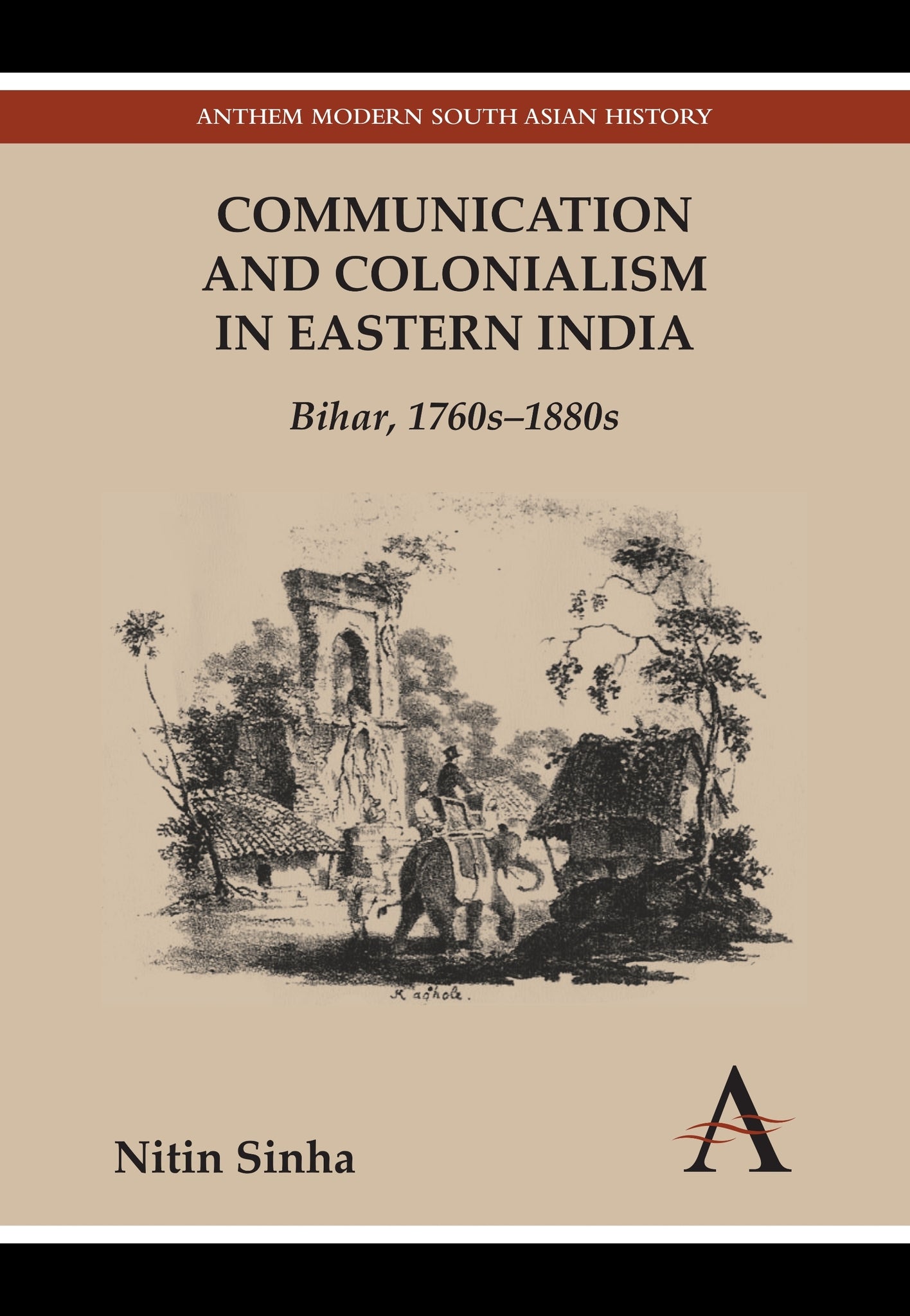We're sorry. An error has occurred
Please cancel or retry.
Communication and Colonialism in Eastern India

Some error occured while loading the Quick View. Please close the Quick View and try reloading the page.
Couldn't load pickup availability
- Format:
-
01 September 2012

Through a regional focus on Bihar between the 1760s and 1880s, ‘Communication and Colonialism in Eastern India’ reveals the shifting and contradictory nature of the colonial state’s policies and discourses on communication. The volume explores the changing relationship between trade, transport and mobility in India, as evident in the trading and mercantile networks operating at various scales of the economy. Of crucial importance to this study are the ways in which knowledge about roads and routes was collected through practices of travel, tours, surveys, and map-making, all of which benefited the state in its attempts to structure a regime that would regulate ‘undesirable’ forms of mobility.

HISTORY / Asia / South / General, Asian history

‘[This is] a book which is not only nuanced and convention challenging, but also successful in simultaneously navigating several strands of historical investigation. There is something in here for the historian of transport, as there is for the historian of cartography, the economic historian and the historian of print culture. [It is] likely to become important reading for scholars of colonial South Asia.’ —Amelia Bonea, ‘H-Soz-Kult’
Abbreviations; List of Illustrations; Introduction; Chapter 1. From Affective Forms to Objectification: Spatial Transition from Pre-colonial to Colonial Times; Chapter 2. India and its Interiors; Chapter 3. Going into the Interiors; Chapter 4. Knowing the Ways; Chapter 5. Controlling the Routes; Chapter 6. Changing Regime of Communication, 1820s–60s; Chapter 7. Of Men and Commodities; Chapter 8. The Wheels of Change; Conclusion; Bibliography; Index



